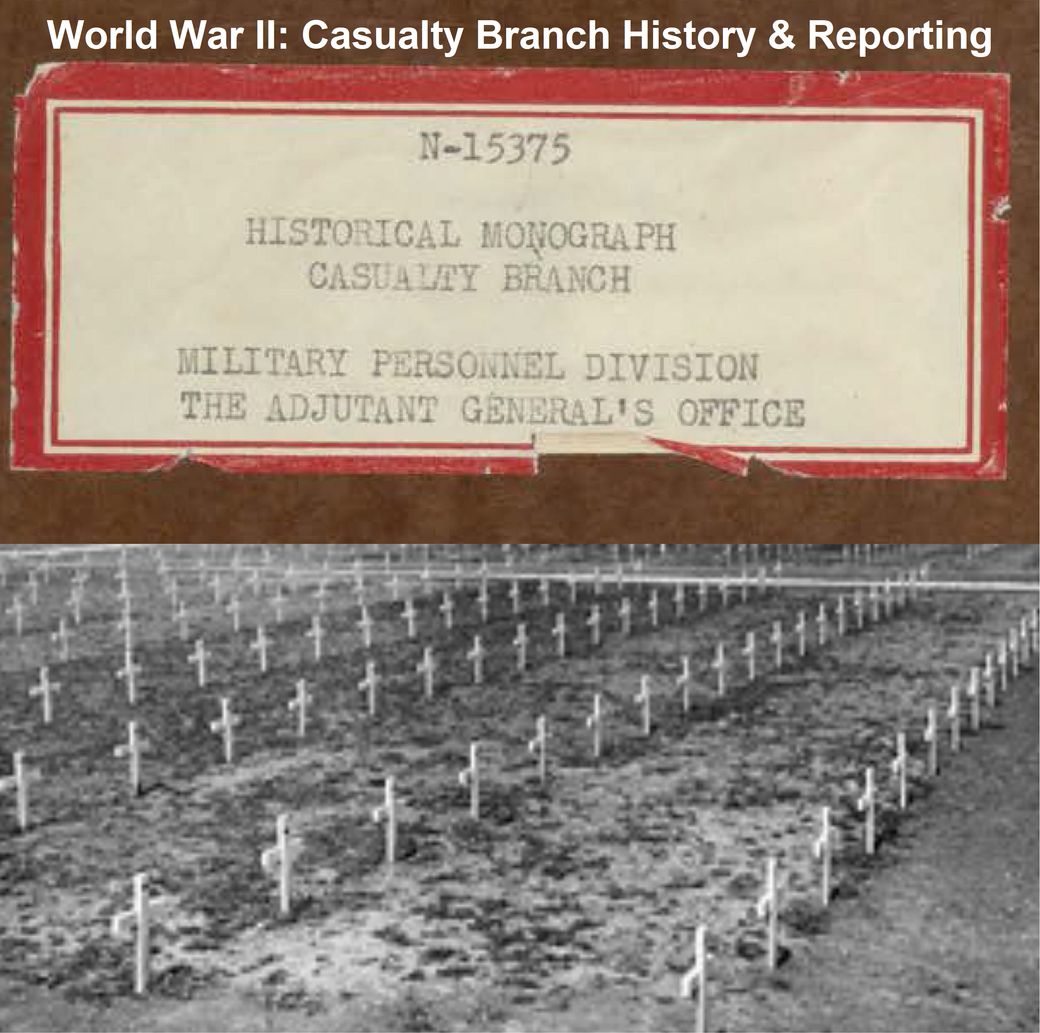
Description
World War II Casualty Reporting: A Timeline and Key Agencies
- May 27, 1941: The earliest date from which Army and Army Air Forces personnel casualties are recorded for the “World War II Casualties: Army and Army Air Forces Personnel (1947)” compilation. This predates the official U.S. entry into WWII, suggesting some personnel were already involved or reporting systems were being established.
- October 1, 1942: The Casualty Branch of the War Department is activated. It is assigned to the Personnel Division of the Adjutant General’s Office and begins its work.
- December 7, 1941 – End of World War II (exact date not specified but implied to be around September 1945 for combat operations): This period defines the scope for the “World War II Casualties: Navy, Marine Corps, and Coast Guard Personnel (1947)” document, covering deaths directly from enemy action or operational activities against the enemy in war zones.
- December 7, 1941 – December 31, 1946: This broader period is covered by the “Army Battle Casualties and Nonbattle Deaths in World War II (1946)” report, encompassing both battle and non-battle deaths for U.S. Army military personnel, including the Army Air Forces.
- 1945: The Casualty Branch Historical Monograph, a 628-page history of the Casualty Branch, is produced. This monograph details the branch’s operations from its activation, including casualty report processing, notification work, certification, correspondence, identification, and status determination.
- 1946: The “Army Battle Casualties and Nonbattle Deaths in World War II” report is prepared by the Statistical Branch and Accounting Office General of the Adjutant, under the direction of the Program and Analysis Review Division, Office of the Army. This report serves as the final statistical record for Army and Army Air Forces casualties.
- 1947:”World War II Casualties: Army and Army Air Forces Personnel” (2,188 pages) is compiled, listing dead or missing Army personnel from May 27, 1941, to January 31, 1946.
- “World War II Casualties: Navy, Marine Corps, and Coast Guard Personnel” (2,399 pages) is completed by the Department of the Navy, Bureau of Naval Personnel, on September 18, 1947. This compilation lists Navy, Marine Corps, and Coast Guard personnel who died from enemy action or related operational activities from December 7, 1941, to the end of WWII.
- 1951: “The Graves Registration Service in World War II” is published, indicating a continued effort to document and manage war dead well after the conflict.
- 1990: “Shipboard and Ground Troop Casualty Rates among Navy and Marine Corps Personnel during World War II Operations” is published, showing ongoing analysis of historical casualty data.
- 1993: The U.S. Army Concepts Analysis Agency produces “Personnel Attrition Rates in Historical Land Combat Operations: An Annotated Bibliography,” a guide to literature on casualties and attrition rates, indicating continued study of these topics.
- 2015: “American War and Military Operations Casualties: Lists and Statistics” is compiled. This report provides comprehensive U.S. war casualty statistics from 1775 to 2015, including data for World War II, drawing from various Department of Defense (DOD) sources.
Cast of Characters
The sources primarily focus on governmental and military organizations and their functions rather than individual people. Therefore, the “characters” are mostly the entities responsible for managing and reporting casualty data.
- The Casualty Branch (of the War Department / Adjutant General’s Office):Bio: Activated on October 1, 1942, and assigned to the Personnel Division of the Adjutant General’s Office. Its core responsibilities included notifying next of kin of casualties (including civilians employed by or under contract of the War Department outside the U.S.), processing casualty reports, certifying statuses, handling correspondence, identification work, and status determination. This branch was central to the official accounting of American casualties during WWII.
- War Department:Bio: The overarching government department responsible for the U.S. Army and its operations during World War II, under which the Casualty Branch operated. It oversaw the collection and reporting of Army and Army Air Forces casualties.
- Adjutant General’s Office (AGO):Bio: A key administrative office within the War Department, responsible for personnel matters. The Casualty Branch was assigned to its Personnel Division, highlighting the AGO’s role in managing and documenting military personnel.
- Statistical Branch (of the Adjutant General’s Office):Bio: Responsible, along with the Accounting Office General, for preparing the final statistical record of Army and Army Air Forces battle casualties and non-battle deaths in WWII.
- Accounting Office General (of the Adjutant General’s Office):Bio: Worked in conjunction with the Statistical Branch to compile and produce the definitive statistical report on Army and Army Air Forces casualties.
- Program and Analysis Review Division, Office of the Army:Bio: Directed the preparation of the “Army Battle Casualties and Nonbattle Deaths in World War II” report, indicating a strategic oversight role in the analysis of casualty data.
- Department of the Navy:Bio: The overarching government department responsible for the U.S. Navy, Marine Corps, and Coast Guard. It oversaw the compilation of casualty data for these branches.
- Bureau of Naval Personnel (within the Department of the Navy):Bio: Specifically responsible for creating the detailed accounting of casualties for Navy, Marine Corps, and Coast Guard personnel. This bureau managed the personnel records and compiled the lists of those who died from enemy action or operational activities.
- Graves Registration Service:Bio: A military service responsible for the identification, collection, and burial of deceased military personnel, and maintaining records related to their graves. Its activities during WWII were significant enough to warrant a dedicated historical account.
- U.S. Army Concepts Analysis Agency (CAA):Bio: A later entity (active by 1993) involved in military analysis and research. It compiled an annotated bibliography on personnel attrition rates in historical land combat operations, demonstrating continued academic and strategic interest in casualty data.
- Department of Defense (DOD):Bio: The successor to the War Department and Department of the Navy. By 2015, it served as the consolidated source for comprehensive U.S. war casualty statistics across all branches of service, compiling data from historical records and ongoing operations.
World War II: Casualty Branch History & Reporting
This collection contains 7,026 pages of histories and reporting by the Casualty Branch of the War Department and other studies related to American casualties during World War II.
The collection includes:
Casualty Branch Historical Monograph (1945)
A December 1945, 628-page history produced by the Casualty Branch.
The Casualty Branch was activated on 1 October 1942 and was assigned to the Personnel Division of the Adjutant General’s Office. The Branch was charged with the responsibility of notifying the next of kin of casualties occurring to civilians employed by, or under contract of, the War Department outside the United States.
Table of contents: introduction; history of receipt and processing of casualty reports, including liaison with other branches, offices, arms, and services; history of notification work; history of certification work; history of casualty correspondence; history of identification work; history of status determination work; conclusion; and a list of exhibits.
World War II Casualties: Army and Army Air Forces Personnel (1947)
2,188 pages of accounting of casualties from the states, territories and possessions of the U.S., and foreign countries. This compilation consists of lists of dead or missing Army personnel for each of the forty-eight existing states, the District of Columbia, and Territories and Possessions of the United States. Only those persons who died in a line-of-duty status with the Army or Army Air Forces from May 27, 1941, to January 31, 1946, are listed.
The lists include the name, serial number, grade, and type of casualty of both battle and non-battle dead and missing. Entries in the list are arranged by name of county and thereunder alphabetically by name of deceased.
The birthplace or residence of the deceased is not indicated. An introduction for each locality at the beginning of the section explains how the list was compiled, a statistical tabulation, and the descriptions of the types of casualties incurred are also included for each of the fifty.
World War II Casualties: Navy, Marine Corps, and Coast Guard Personnel (1947)
2,399 pages of accounting of casualties from the states, territories and possessions of the U.S., and foreign countries. Created by the Department of the Navy, Bureau of Naval Personnel, completed on September 18, 1947. These listings record the identifies of personnel on active duty with the United States Navy, Marine Corps and Coast Guard, whose deaths resulted directly from enemy action or from operational activities against the enemy in war zones from December 7, 1941, to the end of World War II.
Casualties which occurred in the United States, or because of disease, homicide, or suicide anywhere are not included. Entries in the list are arranged into the following sections: Dead (Combat), Dead (Prison Camp), Missing, Wounded and Released Prisoners, and thereunder alphabetically by name.
The lists include the rank of the decedent, and the name, address, and relationship of next-of-kin. Inclusion of names in this State group has been determined solely by the residence of next of kin at the time of notification of the last wartime casualty status. This listing does not necessarily represent the State of birth, legal residence, or official State credit according to service enlistment.
Army Battle Casualties and Nonbattle Deaths in World War II (1946)
A 1946 report prepared by the Statistical Branch and Accounting Office General of the Adjutant Under Direction of Program and Analysis Review Division Office of the Army.
Abstract: This is the final statistical record of battle casualties and nonbattle deaths incurred during World War II by United States Army military personnel, including members of the Army Air Forces. The period covered is 7 December 1941 through 31 December 1946. Battle casualties are shown in various ways such as: type and disposition; theater; month of occurrence; duty branch; grade in which serving; component; place of occurrence; organization; campaign, and area of residence. Death statistics include classifications by type of death, theater, month of death, duty branch, grade in which serving, type of personnel, and area of residence.
The Graves Registration Service in World War II (1951)
Shipboard and Ground Troop Casualty Rates among Navy and Marine Corps Personnel during World War II Operations (1990)
Personnel Attrition Rates in Historical Land Combat Operations: An Annotated Bibliography (1993)
A 1993 report by the U.S. Army Concepts Analysis Agency. An annotated bibliography guide to the literature on personnel casualties and attrition rates in historical land combat operations.
American War and Military Operations Casualties: Lists and Statistics (2015)
This report provides U.S. war casualty statistics. It includes data tables containing the number of casualties among American military personnel who served in principal wars and combat actions from 1775 to 2015. It also includes data on those wounded in action and information such as race and ethnicity, gender, branch of service, and cause of death. The tables are compiled from various Department of Defense (DOD) sources.
Related products
-
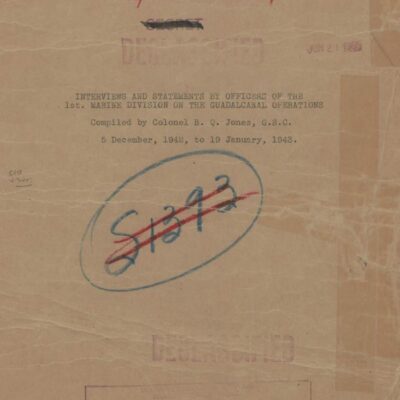
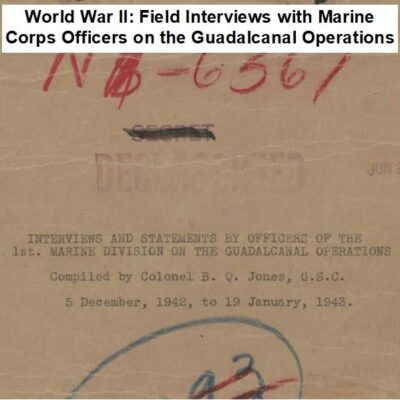
World War II: Marine Corps Officer Interviews on Guadalcanal Operations
$3.94 Add to Cart -
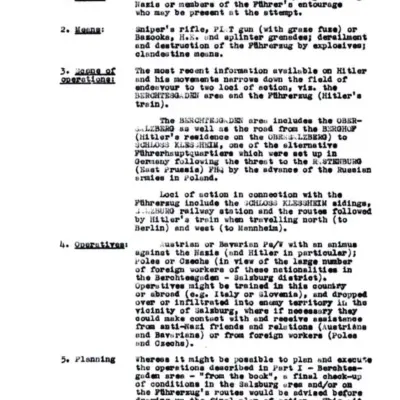
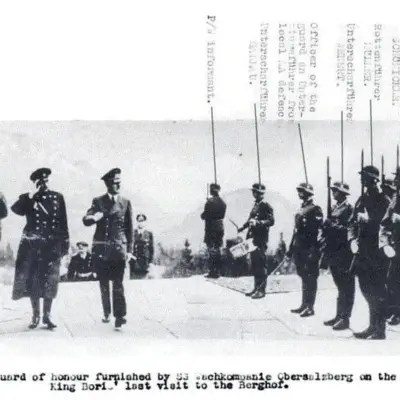
World War II: Adolf Hitler and Operation Foxley – British Assassination Plot
$19.50 Add to Cart -

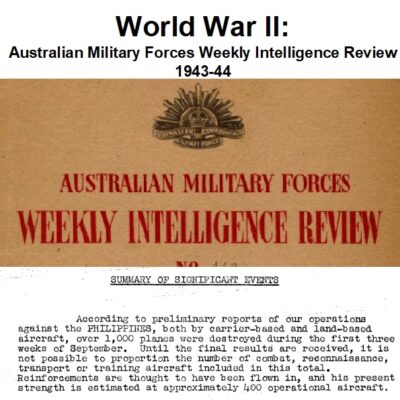
World War II: Australian Military Weekly Intelligence Reports 1943-44
$3.94 Add to Cart -
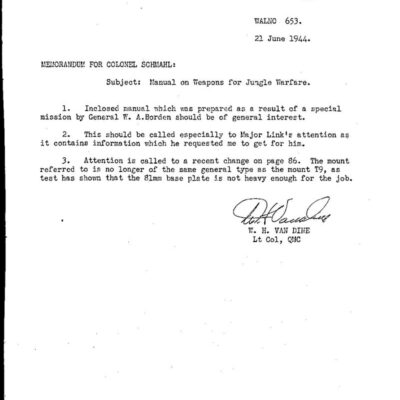
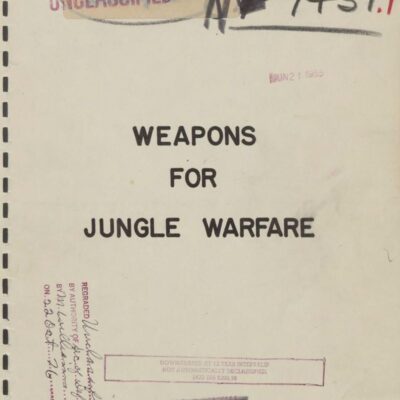
World War II Manual on Weapons for Jungle Warfare (1944)
$1.99 Add to Cart